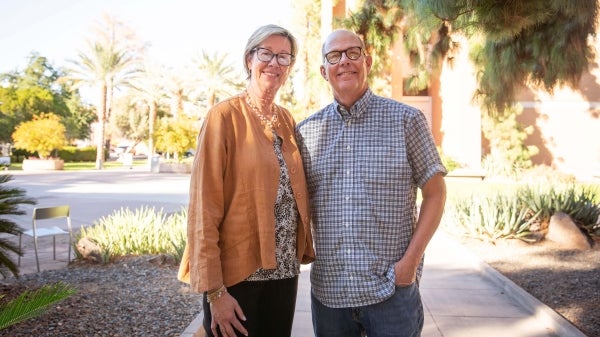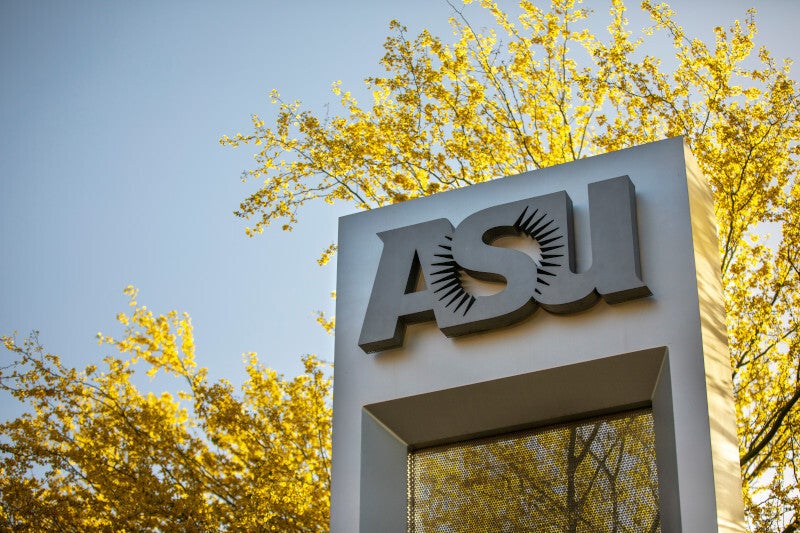ASU center, PARC create world's largest flexible X-ray detector made with thin film transistors
The Flexible Electronics and Display Center (FEDC) at Arizona State University and PARC, a Xerox company, announced today that they have successfully manufactured the world's largest flexible X-ray detector prototypes using advanced thin film transistors.
Measuring 10 diagonal inches, the device has been jointly developed at the ASU center and PARC in conjunction with the Army Research Lab and the Defense Threat Reduction Agency. The device will be used to advance the development of flexible X-ray detectors for use in thin, lightweight, conformable and highly rugged devices.
“This achievement is a fantastic example of how academia, industry and government can collaborate to advance key technologies and national priorities,” said Sethuraman “Panch” Panchanathan, senior vice president for Knowledge Enterprise Development at ASU. “Flexible electronics hold tremendous potential to accelerate our global competitiveness in the area of advanced manufacturing by partnering with federal agencies and industry leaders."
The thin film transistor and PIN diode processing was done on the 470- by 370-mm Gen II line at the Flexible Electronics and Display Center. This device showcases the center's successful scale up to GEN II, and the ability to produce sensors and displays using thin film transistors in standard process flows with the center’s proprietary bond/de-bond technology. These detectors are unique in that they showcase both of the flexible substrates the center uses to make devices. Some of the new detectors are on polyethylene naphthalate and some are on polyimide.
“This success came from a rewarding collaboration that combines FEDC’s flexible array fabrication technology and PARC’s experience with digital X-ray systems,” said Bob Street, PARC Senior Research Fellow.
The system design and integration was done at PARC. The flexible X-ray sensor was coupled to a tablet device for control and image viewing. This system shows PARC’s capability to build user-defined prototype systems incorporating novel device physics, materials and technology. PARC has extensive experience in building large-area electronic systems, display and backplane prototypes, and organic and printed electronics.
ASU media contact: Judy Keane, judy.keane@asu.edu
More Science and technology

How a childhood passion led Jim Bell to being named an ASU Regents Professor
In the early 1970s, in a rural town in the smallest state in the U.S., a young boy in elementary school began to imagine the…

Alum's journey to leadership shows the power of lifelong learning
In 1976, Kathy King was among a minority when a high school teacher advised her to pursue chemical engineering at Arizona State…

3 ASU faculty members earn highest honor for early-career scientists, engineers
Three faculty in The College of Liberal Arts and Sciences at Arizona State University have been awarded the Presidential…